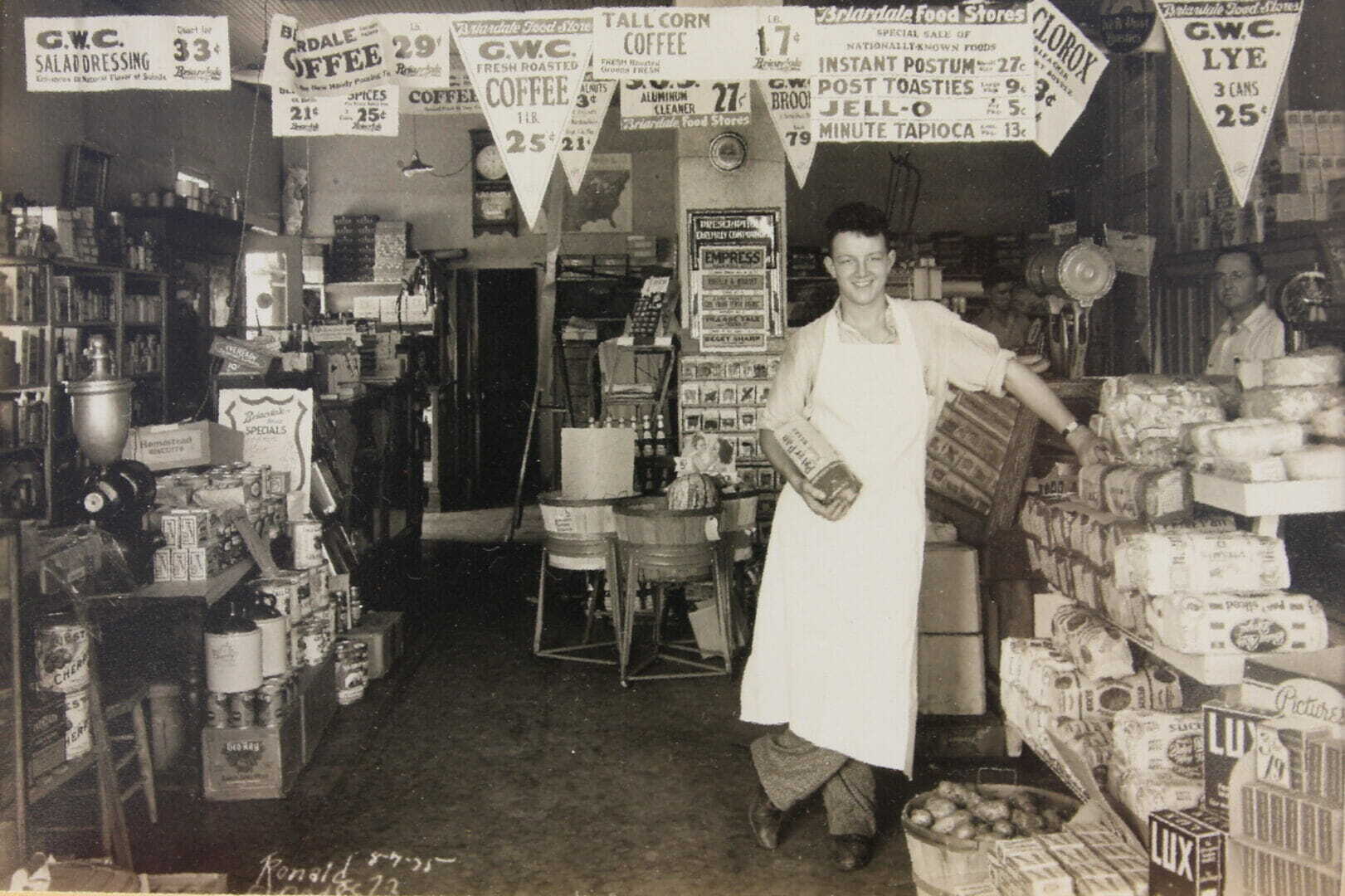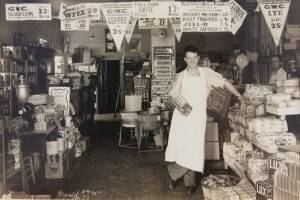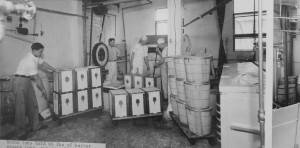Guests on the “Behind the Seeds” tour at Disney’s EPCOT center experience farming technologies – hydroponics, aeroponics and aquaculture – that can help lesser productive areas of the world raise more food.
Scientists also are researching how to grow gardens in space, which would allow astronauts to eat fresh food during long journeys. (SIDE BAR: I couldn’t help but think how cool it would be to incorporate the seed industry’s Tomatosphere™ program, which uses space exploration to teach students the processes of scientific experimentation and inquiry.)
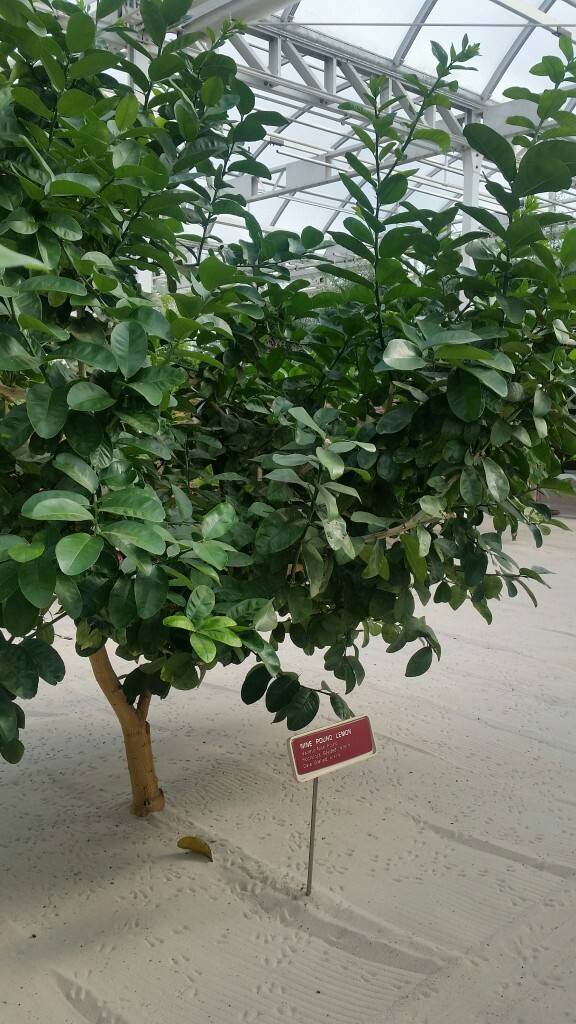
The Land Pavilion at EPCOT Center offers more than a glimpse of pie-in-the-sky science… It’s living proof that large-scale food production can be achieved in small spaces. Encompassing nearly 6 acres, The Land annually produces 27,000 pounds of vegetables and herbs for Walt Disney World restaurants.

Last week my family had the pleasure of seeing where those Mickey-shaped cucumbers, specialty spices and other unusual fruits and vegetables are produced. We walked into a greenhouse where hydroponics allows plants to grow without soil. Those of us blessed with rich soils in the Midwest may find this production method disconcerting at first, but we must remember that good soil is limited worldwide. (Click here to see some amazing photos of the hydroponic gardens from The Photo Garden Bee blog.)

In addition to hydrophonics, we saw aeroponics in action. Aeroponics remind me of “food towers” where fruits and vegetables grow vertically. One potted tomato tree, vining along a trellis system, can produce thousands of tomatoes. (Literally. This tomato tree that set the Guinness Book of World Records by producing 32,000 tomatoes in one year!) Fifty-pound Winter Melons and Cinderella pumpkins even grow on the trellis system. Who knew?
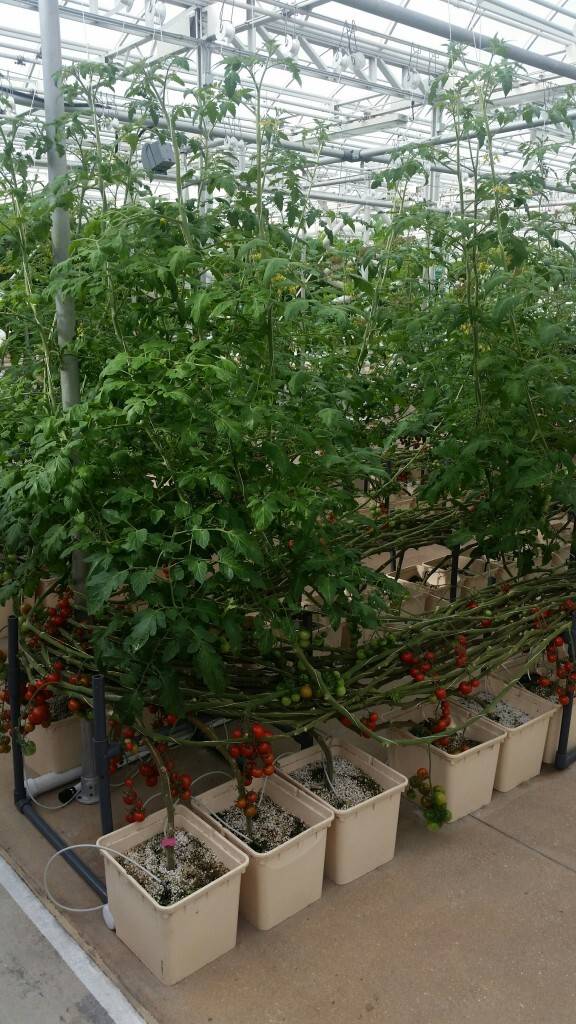
The wonder continued as we stepped inside the Tropical Greenhouse, which is home to 30+ different edible crops. Some crops seen in U.S. ornamental gardens are actually used for food in other countries. Visitors can see how pineapples and bananas grow, too. (Did you know that bananas grow on a plant, not a tree? Banana plants are actually giant herbs of the same family as lilies, orchids and palms.)
There is just so much to see and learn on the “Behind the Seeds” tour! One of my family’s favorite was the Mimosa Pudica, a sensitive plant that immediately reacts to touch. Learn more about this plant as you watch a cool time-lapse video here.
So how did my kids feel about spending an hour in the class room during winter break? My 14-year-old son, without prompting, said this was one the best tour he’s taken. Like you’d expect from Disney, this tour is engaging. We got to touch plants, sample fruits grown in the greenhouses, and feed the fish.
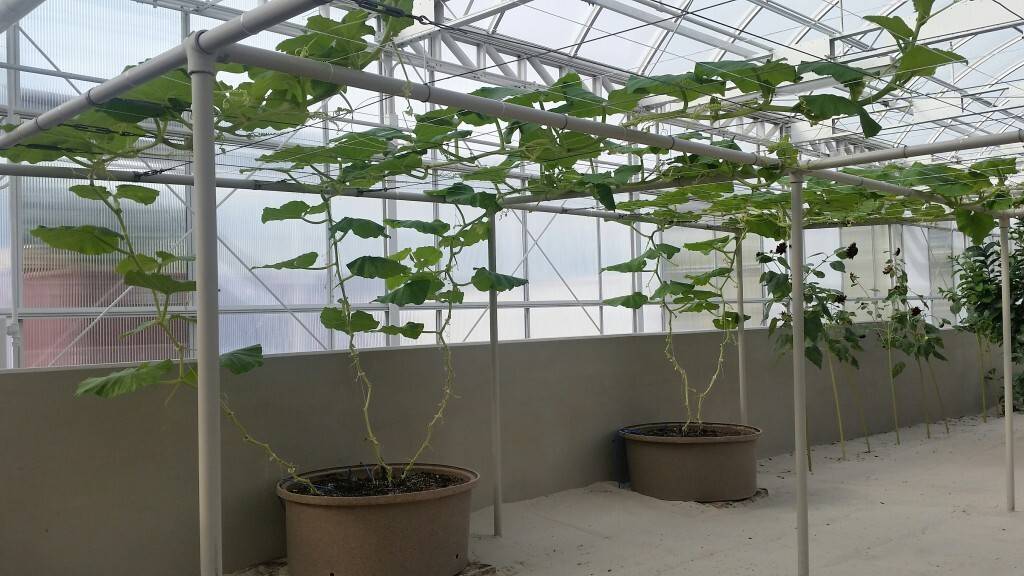
Disney even provides QR codes on signs along the tour route, so you can use your smartphone to learn more about the fruits and to download recipes. Today on TheFieldPosition, we’re sharing with you Disney’s recipe for Sweet & Sour Chicken. We hope you and your family enjoy a magical meal at home!
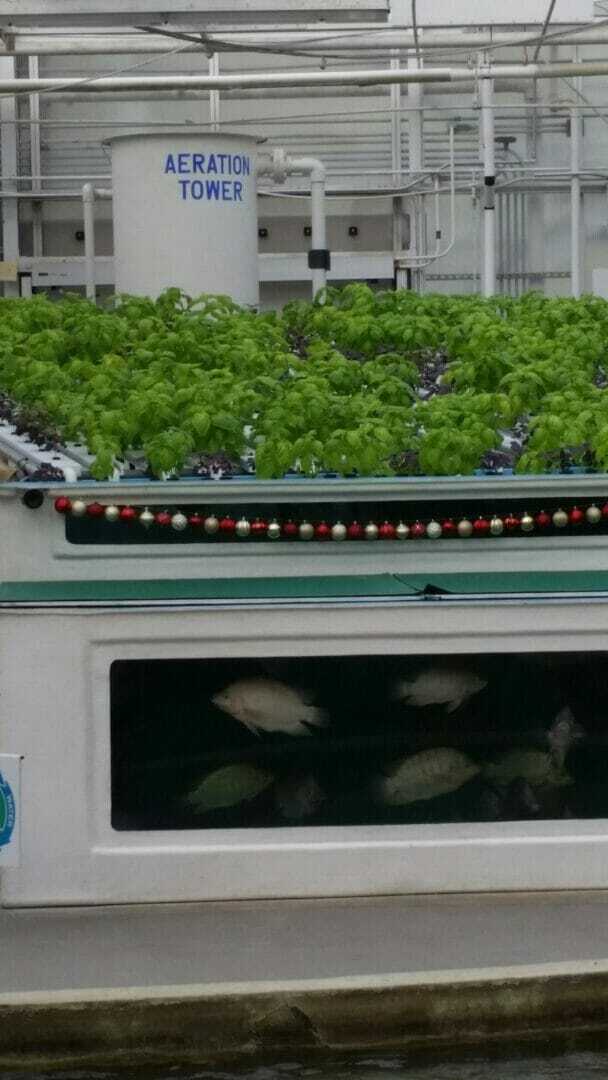
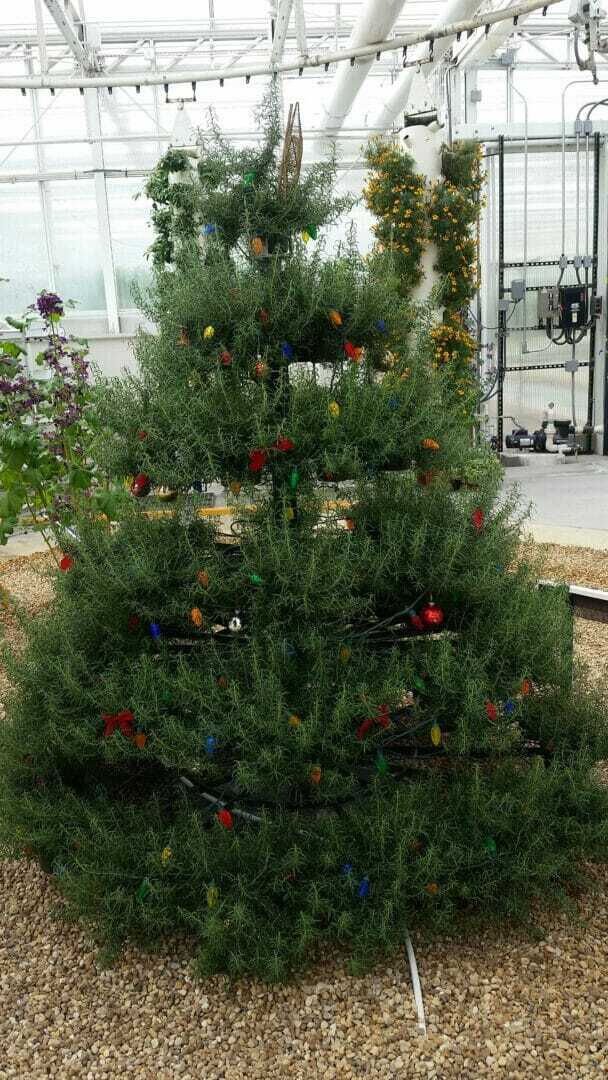
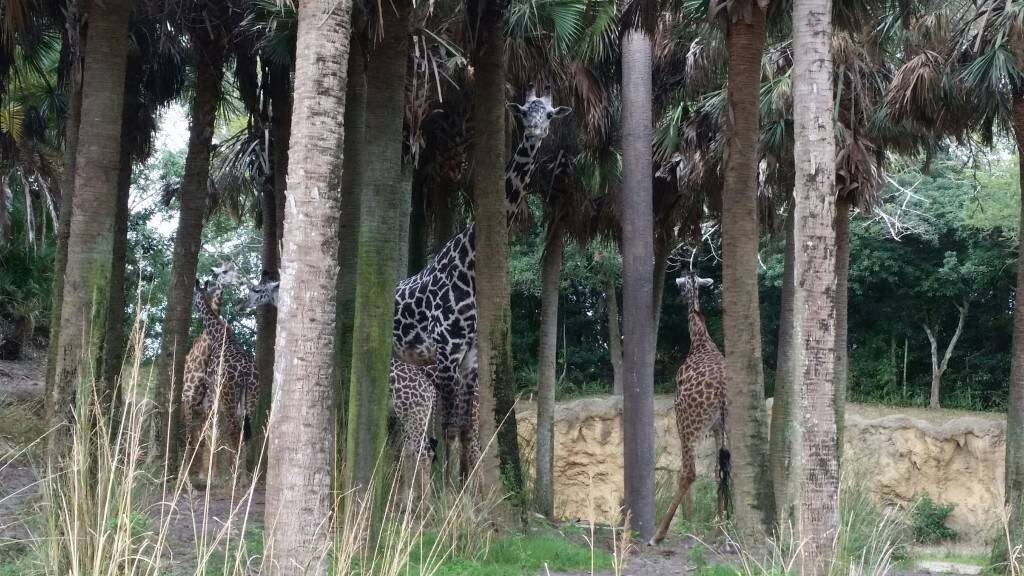
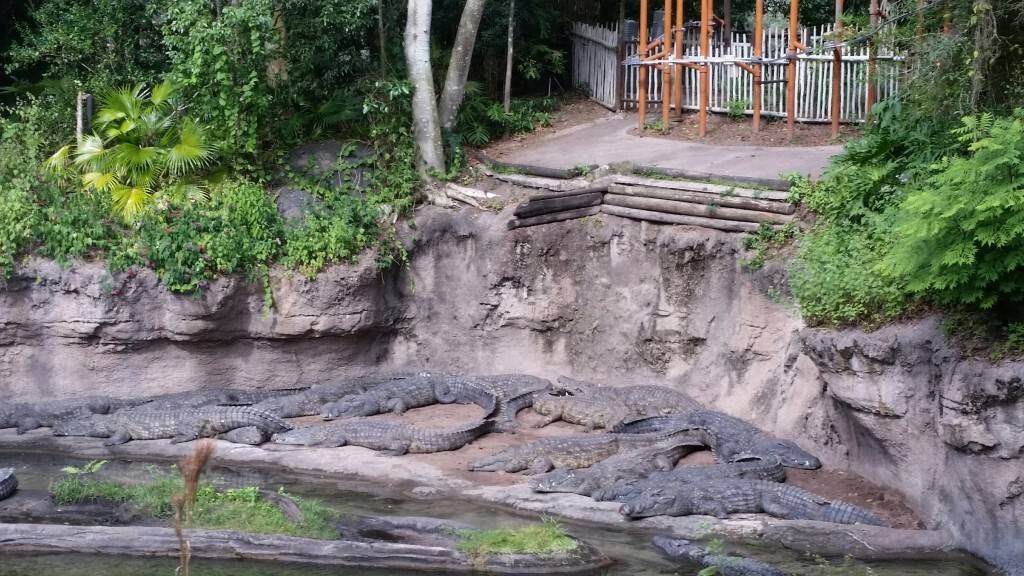



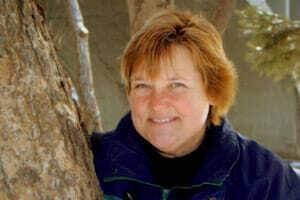
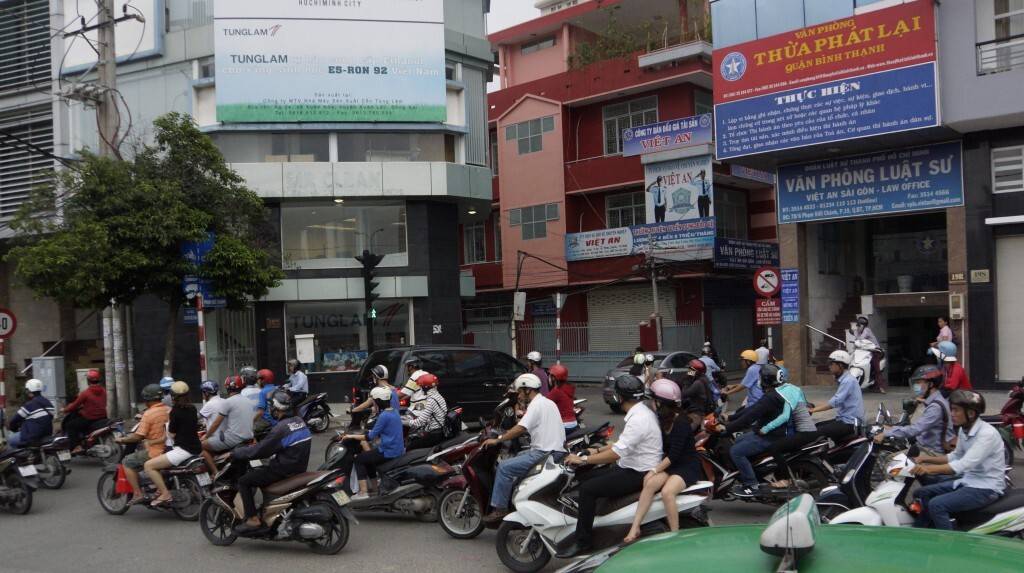

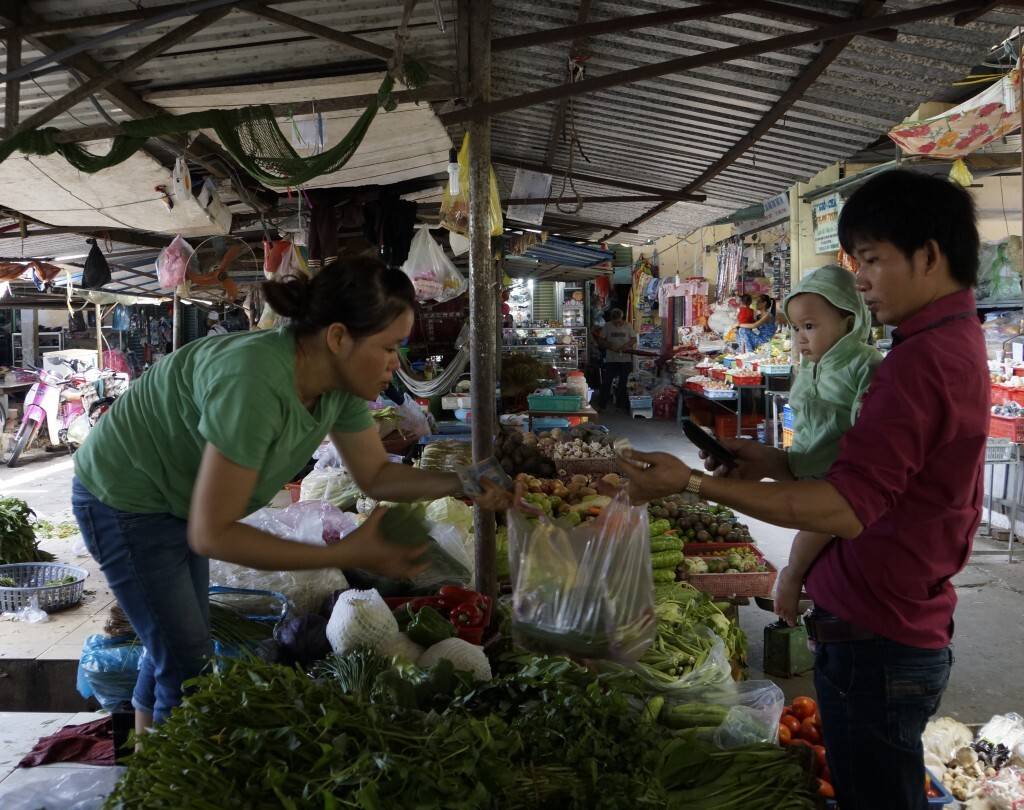
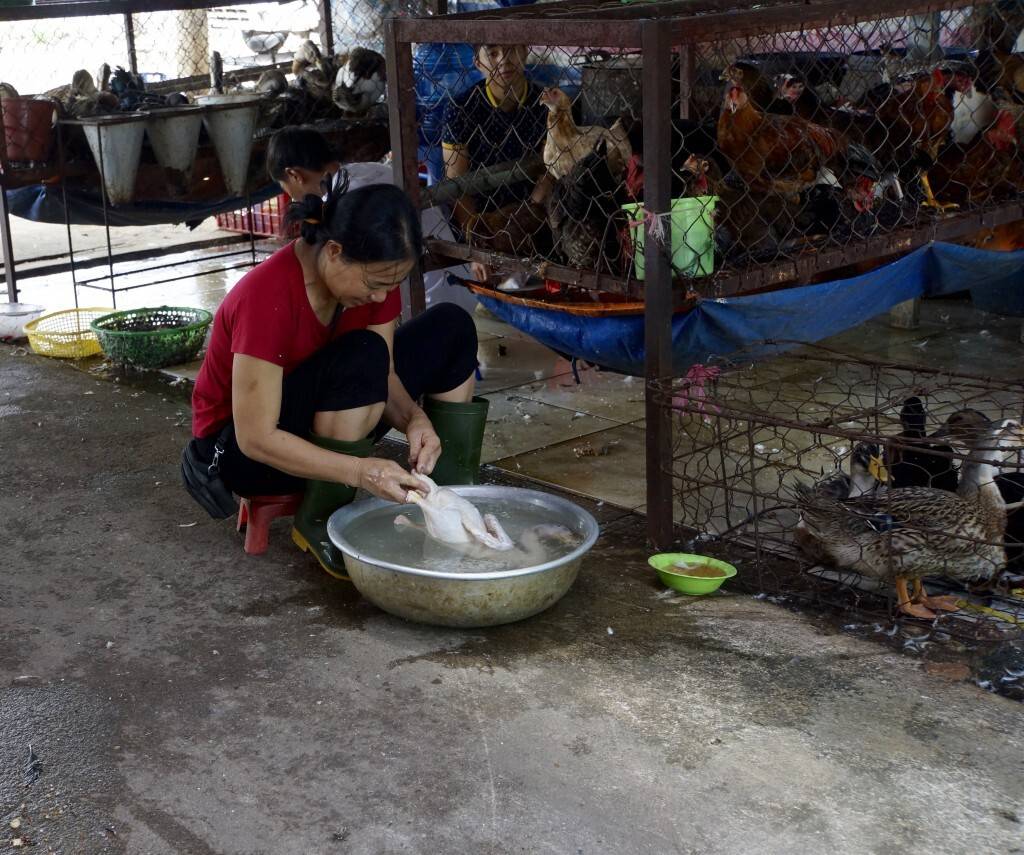

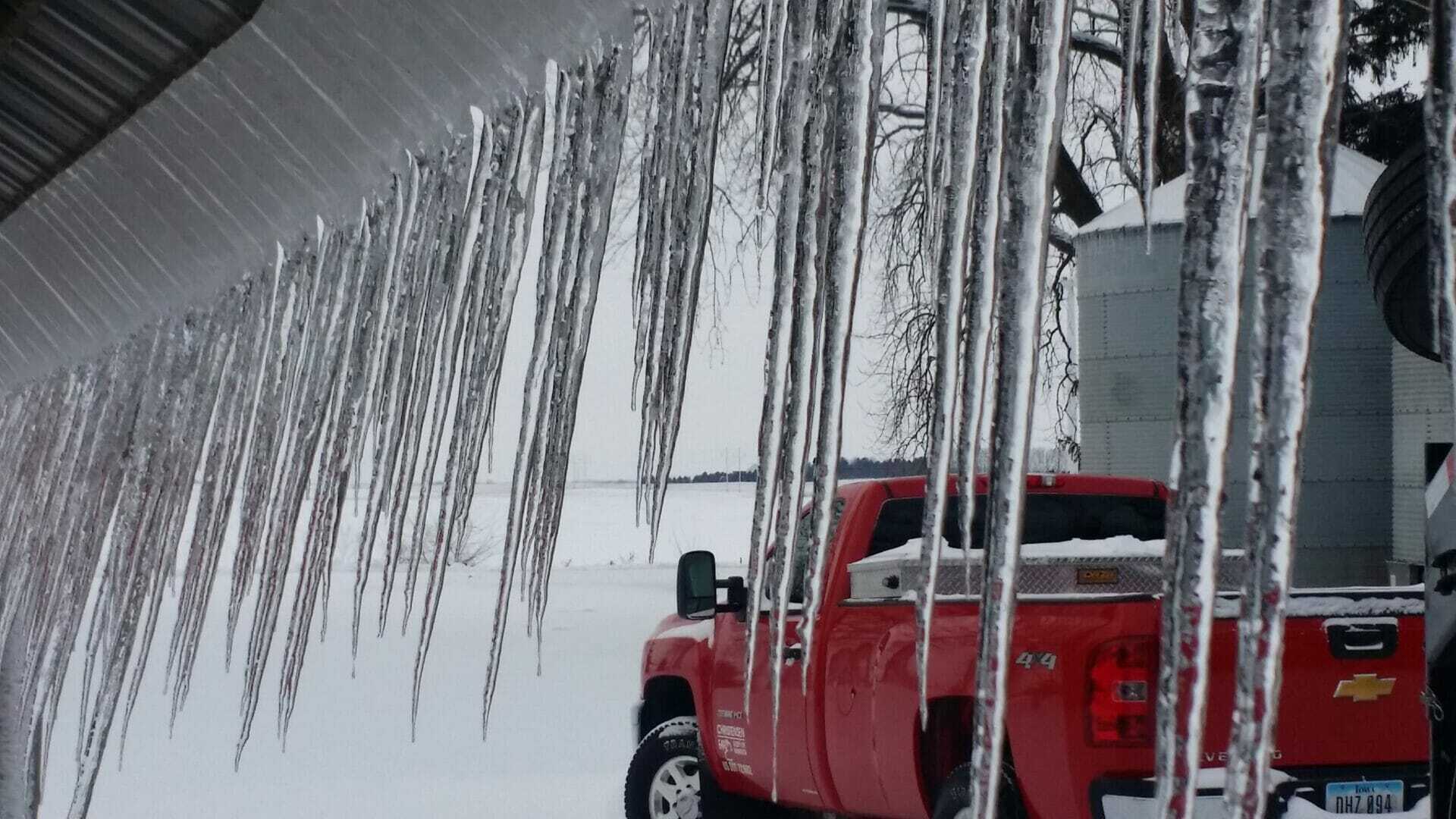
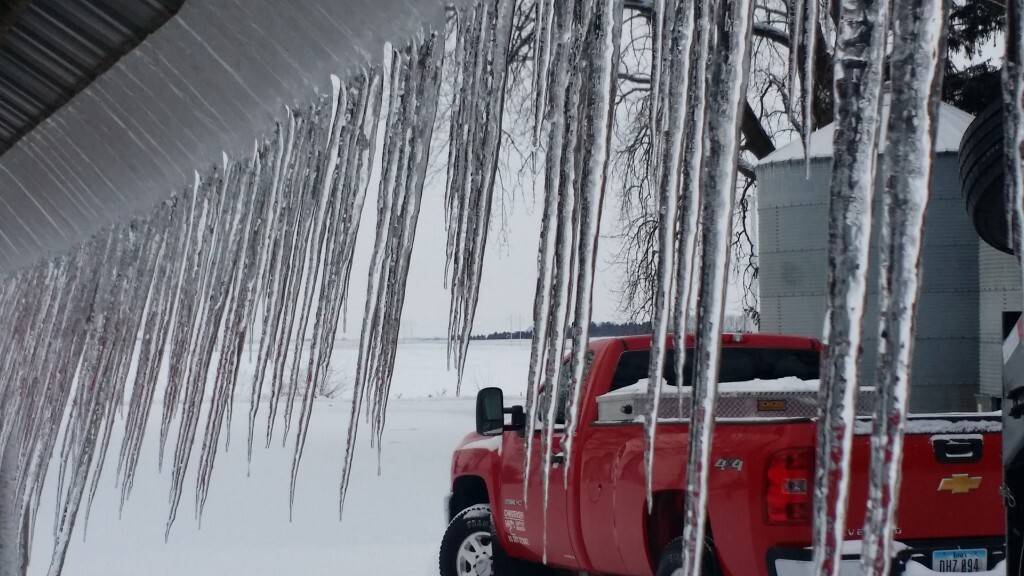

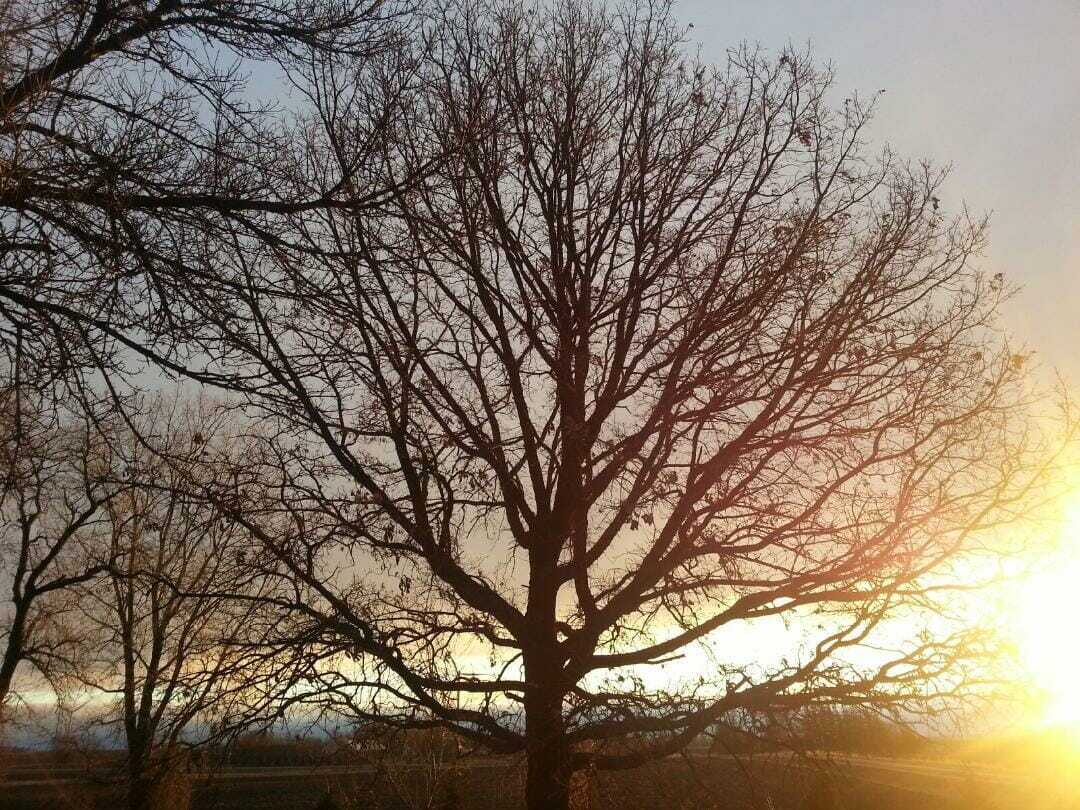
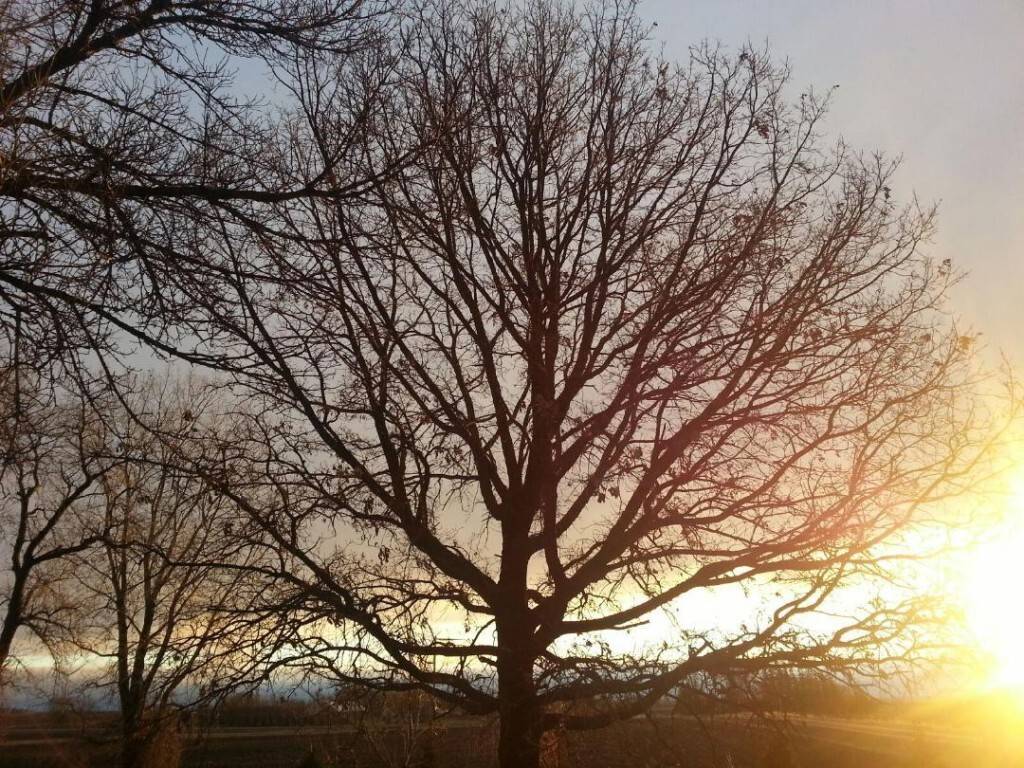
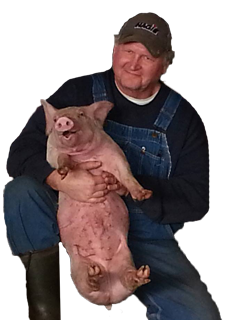
 rt, you could miss out on the true meaning of Christmas and find yourself feeling totally inadequate or else
rt, you could miss out on the true meaning of Christmas and find yourself feeling totally inadequate or else 